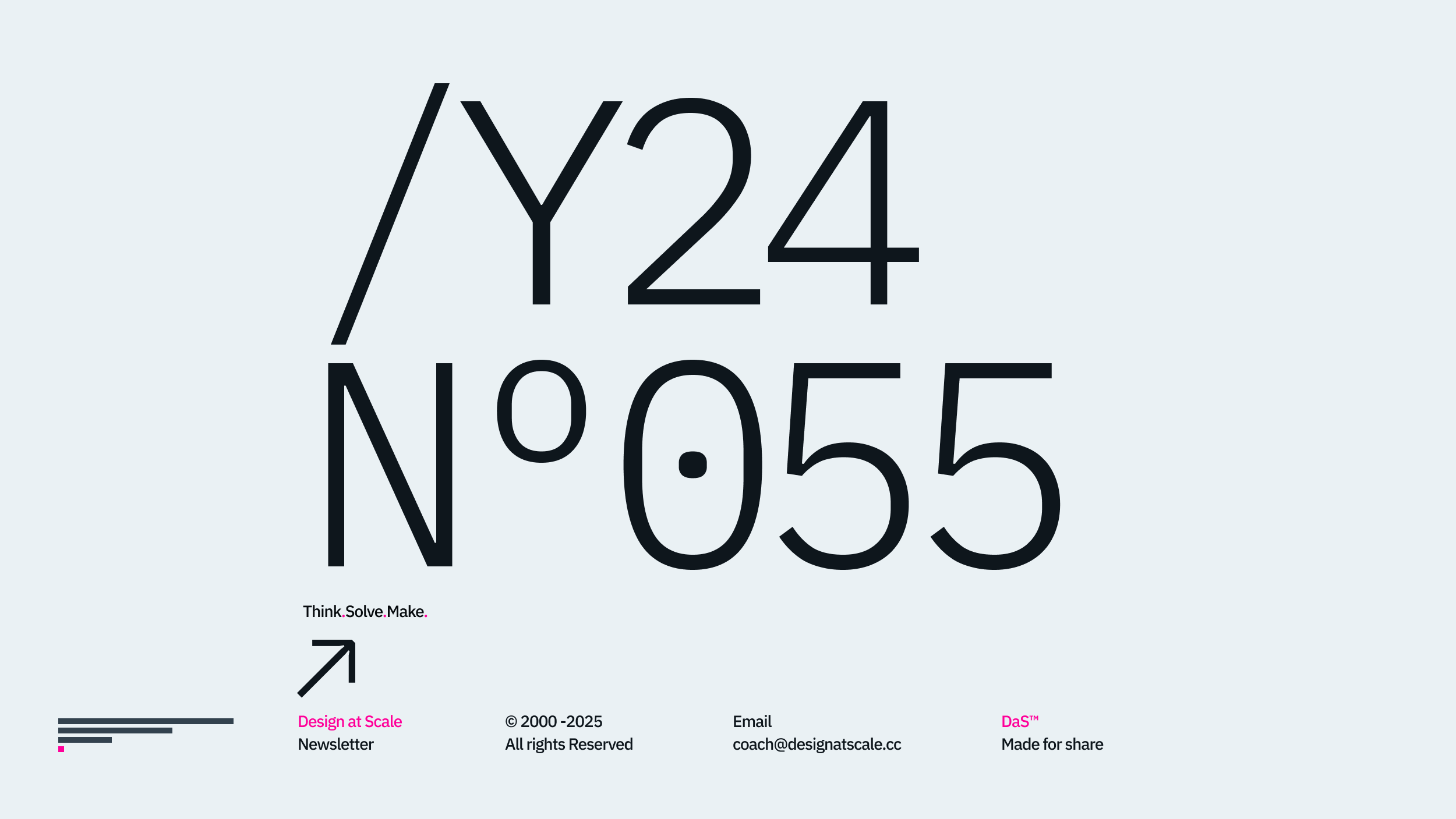Welcome to the Figma series brought to you by Design at Scale™ – Academy(↘︎Link). In the following nine articles, we will explore the history behind cloud-based design propositions called Figma. We’ll discuss how the product, service and research teams use it to their advantage within small, medium and large organisations. We’ll also touch on in-house and fully remote teams and design across multiple touch points, including functional integration with third parties. We’ll explore how we use the Figma App and organise the space and files in the App. More specifically, how we work with stages and layers and how these structures impact individual designers in complex corporations. This will grow from one file, one brand to many brands, many touch points, multiple versions and multiple propositions. Leave no gap behind covered with practical examples.
Disclaimer: This series does not focus on a design system or design system integration. However, it describes how we organise the files and what workflows and processes we have while working with the Figma environment and integrating with Atlassian Jira Confluence and bitBucket (or equivalent).

“The IT Crowd”
Aside from the British sitcom from 90-ties “The IT Crowd”(↘︎Link), which reflects on the user's ability to use “the internet”(↘︎Link) over the last three decades, everything in the design world has become cloud-based. We often forget where all the design files came from. Historically we designed in silos on a local hard drive, and occasionally, we put all our files on an external hard drive sitting right next to your computer. Sending big files over zip(↘︎Link) or portable hard drives(↘︎Link) was the case for almost 20 years. We designers envisioned how amazing it would be to work with a single environment that combines product design and development requirements as a single source of truth. No event, considering there will be another place for design outside of Adobe(↘︎Link).

One Place
This design ambition became a reality in 2015 when almost every design team worldwide moved to Figma or any cloud-based alternative. Online tools that allow all designers and other participants to reach the details of the product design development across the customer experience, research, service and product design, looking at the details of the UI while it’s built.
Teams ranging from individual product designers to teams of ten and corporations of hundred-plus designers looked at the single file defining the proposition, which became the one unifying way of delivering the design in CWA—Cloud Web Architecture (↘︎Link).
Companies of all sizes adopt this tool at the speed of light, allowing them to translate all the visual elements of previous branding from Adobe Illustrator(↘︎Link), Photoshop(↘︎Link), PDFs, PNGs, Word documents, PowerPoint and Excel Sheets into the format that became a standard in Product Design Development(↘︎Link). Allowing all our engineering colleagues access to the accessible format of the data defined by the SVGs alongside specifications often missed in our design deliverables.

WoW – Ways of Working
This inevitably influenced our working methods and shortened the operations cycle, removing at least three export, upload, download, and display functions we had previously encountered while building our design solutions.
And we haven’t stopped there; other applications, APIs, and plug-ins can be added to the space to automate, integrate, and reuse the data outside of Figma, bringing the power of automated design to the hands of designers and creators.
This ultimate destination is also well connected to the business through technology and development. All the teams that we have built over the last seven years have been integrated with Atlassian(↘︎Link), another possible solution with additional software such as Jira(↘︎Link), Confluence(↘︎Link), and BitBucket(↘︎Link), allowing us to close the full development life cycle.
Now, better than before, we have a fully connected E2E process where all project management tasks are recorded, stored, and measured. This allows us to make data-driven decisions on propositions we are designing today.

Design Transformation
This does not mean that everyone is doing it. Nine out of ten agencies still deliver using the Mail > Brief > Budget > Work > Throw over a fence > Repeat (or forget) model. With a simple Design at Scale™ —Maturity Matrix(↘︎Link), we can identify whether the business is underperforming or reaching the stage of mobilising, coordinating, or accelerating its internal design transformation.
The ultimate ambition of the following articles is to uncover all instances leading to design transformation – the inevitable progression of every design team out here. The challenges that arise are the operational excellence and quality of work. It is vital to stress that the following exploration and integrations are my and my team's observations and might not apply to your existing situation. After using these practices, we have, on average, become 3-5x faster than our original (sequential) WoW. After the complete adoption, the team has reached its 10x delivery, meaning that it took ten working days at the beginning of the year; we can now do it in one.
In the following article, we’ll look at how to set up a product design environment, why specific nuances of this setting are essential initially, and how these agreements and principles accelerate the company/studio/agency at scale.
Happy scaling through design!
Hey, I’m Jiri Mocicka.
London-based Design Director, Trusted Advisor and Author of Design at Scale™. The method that empowers individuals to shape the future organisation through design.
If you have a question, join our Community and reach out to like-minded individuals who scale design propositions. An online Academy can help you to find your feed in teams of 01, 10, and 100, supported by Grid Magazine and Supply section, where we weekly bring more insights on how to become a design leader in your organisation











